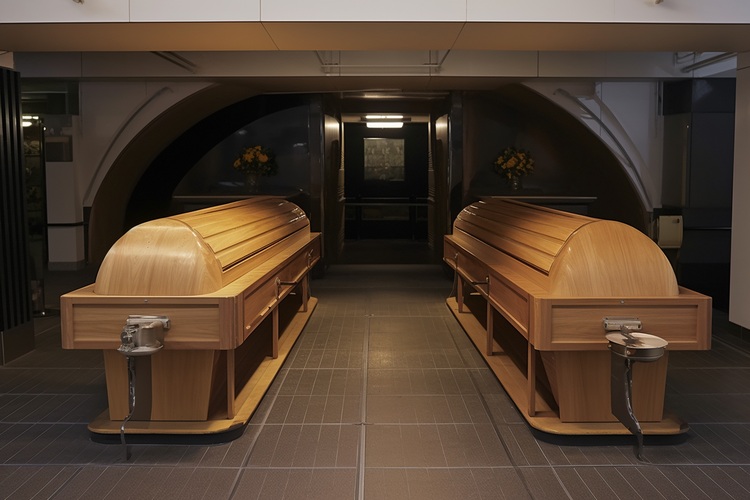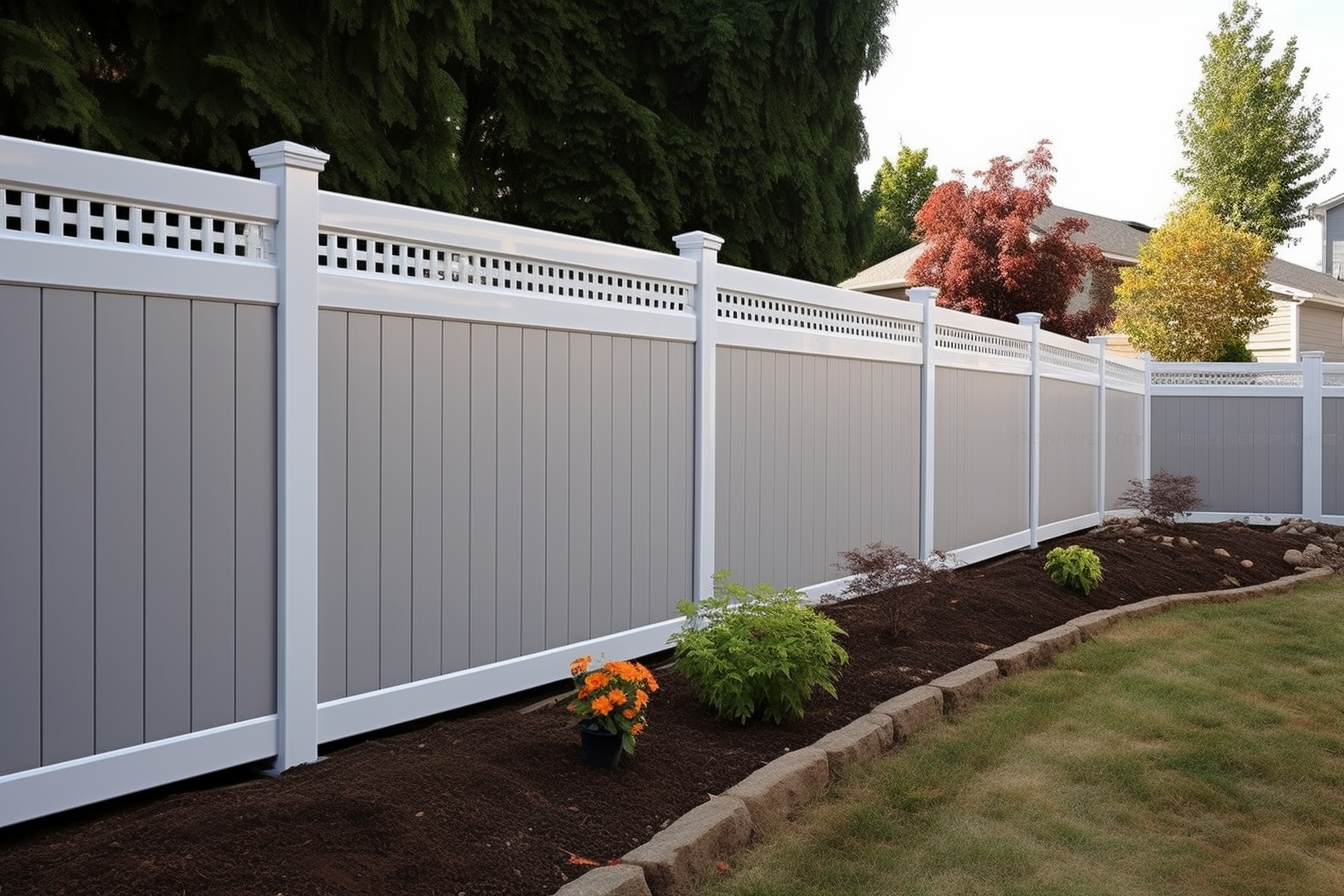Cremation Services: Complete Guide to Process and Options
When faced with end-of-life decisions, understanding cremation services becomes essential for families seeking dignified and meaningful ways to honor their loved ones. Cremation has become increasingly popular in the United States, with rates rising to over 56% of all deaths in recent years. This comprehensive guide explores the cremation process, costs, alternatives, and important considerations to help you make informed decisions during difficult times.

Understanding the Cremation Process
The cremation process involves several carefully regulated steps designed to treat the deceased with respect and dignity. Initially, the body is identified and prepared, with any medical devices or jewelry removed as requested by the family. The deceased is then placed in a combustible container or casket and moved to a cremation chamber, also known as a retort.
The actual cremation takes place at temperatures between 1,400 to 1,800 degrees Fahrenheit for approximately two to three hours. During this time, the body is reduced to bone fragments and ash. After cooling, the remains are processed into a fine powder and placed in a temporary container or an urn selected by the family. Throughout this process, strict identification procedures ensure the integrity and proper handling of remains.
Most crematoriums operate under state regulations and industry standards that mandate specific procedures for documentation, identification, and processing. Families can often arrange to witness the cremation if desired, though policies vary by facility.
Cremation Costs and Benefits
Cremation typically costs significantly less than traditional burial services, making it an attractive option for many families. The financial benefits extend beyond the immediate service, as cremation eliminates ongoing cemetery maintenance fees and expensive burial plots. Additionally, families have more flexibility in timing memorial services, allowing them to plan celebrations of life at convenient times and locations.
Beyond cost considerations, cremation offers practical advantages including simplified logistics for families living in different geographic areas. The portability of cremated remains allows families to keep loved ones close or scatter ashes in meaningful locations. Environmental benefits also factor into many decisions, as cremation requires less land use compared to traditional burial plots.
The process also accommodates various religious and cultural preferences, with many faiths now accepting cremation as an appropriate option. Families can still hold traditional funeral services before cremation, maintaining important rituals while choosing cremation as the final disposition method.
| Service Type | Provider | Cost Estimation |
|---|---|---|
| Direct Cremation | Cremation Society | $800 - $1,200 |
| Cremation with Memorial | Dignity Memorial | $1,500 - $3,000 |
| Full Service Cremation | Local Funeral Homes | $2,000 - $5,000 |
| Online Cremation Services | Tulip Cremation | $1,095 - $1,695 |
Prices, rates, or cost estimates mentioned in this article are based on the latest available information but may change over time. Independent research is advised before making financial decisions.
Water-Based Alternatives
Aquamation, also known as alkaline hydrolysis or water-based cremation, represents an emerging alternative to traditional flame cremation. This process uses water, alkaline chemicals, heat, and pressure to accelerate natural decomposition, resulting in bone ash similar to traditional cremation but with a significantly smaller environmental footprint.
The aquamation process takes approximately six to eight hours and produces about 32% more ash than flame cremation. The liquid byproduct is sterile and safe for standard wastewater treatment systems. Currently, aquamation is legal in approximately 20 states, with availability expanding as more facilities adopt this technology.
Water-based cremation appeals to environmentally conscious families as it uses 90% less energy than flame cremation and produces no direct emissions. The process also preserves more of the bone structure, resulting in whiter, finer ash that many families prefer.
Planning Tips for Cremation
Effective cremation planning begins with understanding your state’s regulations and requirements. Most states mandate a waiting period between death and cremation, typically 24 to 48 hours, and require proper permits and death certificates. Research local cremation providers early, comparing services, facilities, and pricing to make informed decisions without time pressure.
Consider pre-planning cremation services to reduce stress on family members and ensure your wishes are honored. Many providers offer pre-payment plans that lock in current pricing and allow you to specify exact preferences for handling and ceremonies. Document your wishes clearly and share them with family members and estate planning professionals.
When selecting cremation services, evaluate factors beyond cost, including facility cleanliness, staff professionalism, and available options for memorial services. Ask about witness policies, urn selection, and timeline expectations to ensure the provider meets your specific needs and preferences.
Environmental Considerations
Environmental impact plays an increasingly important role in cremation decisions. Traditional flame cremation produces carbon emissions equivalent to approximately two to three tanks of gasoline, while also releasing mercury from dental fillings into the atmosphere. However, modern crematoriums increasingly use pollution control equipment and cleaner burning technologies to minimize environmental impact.
Cremation generally requires less land use than burial and avoids the environmental concerns associated with embalming chemicals and non-biodegradable casket materials. Families choosing cremation can further reduce environmental impact by selecting biodegradable urns for ash scattering or choosing memorial reefs and other eco-friendly disposition methods.
Consider the environmental implications of memorial choices as well. Scattering ashes in natural settings, planting memorial trees, or choosing living memorials can create positive environmental legacies while honoring deceased loved ones in meaningful ways.
Cremation services offer families dignified, flexible, and often more affordable options for honoring deceased loved ones. Understanding the process, costs, and alternatives empowers families to make informed decisions aligned with their values, budgets, and environmental concerns. Whether choosing traditional cremation or exploring water-based alternatives, proper planning and research ensure meaningful tributes that provide comfort during difficult times while respecting the wishes and memories of those who have passed.




